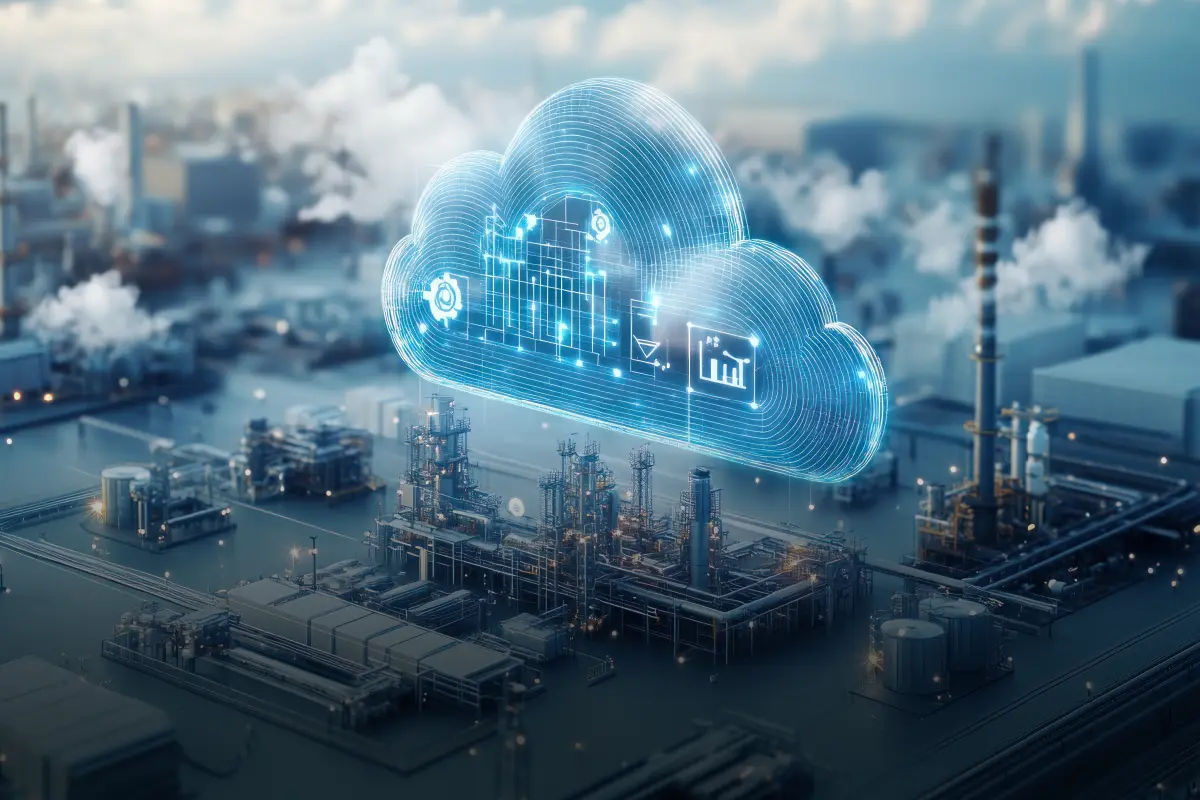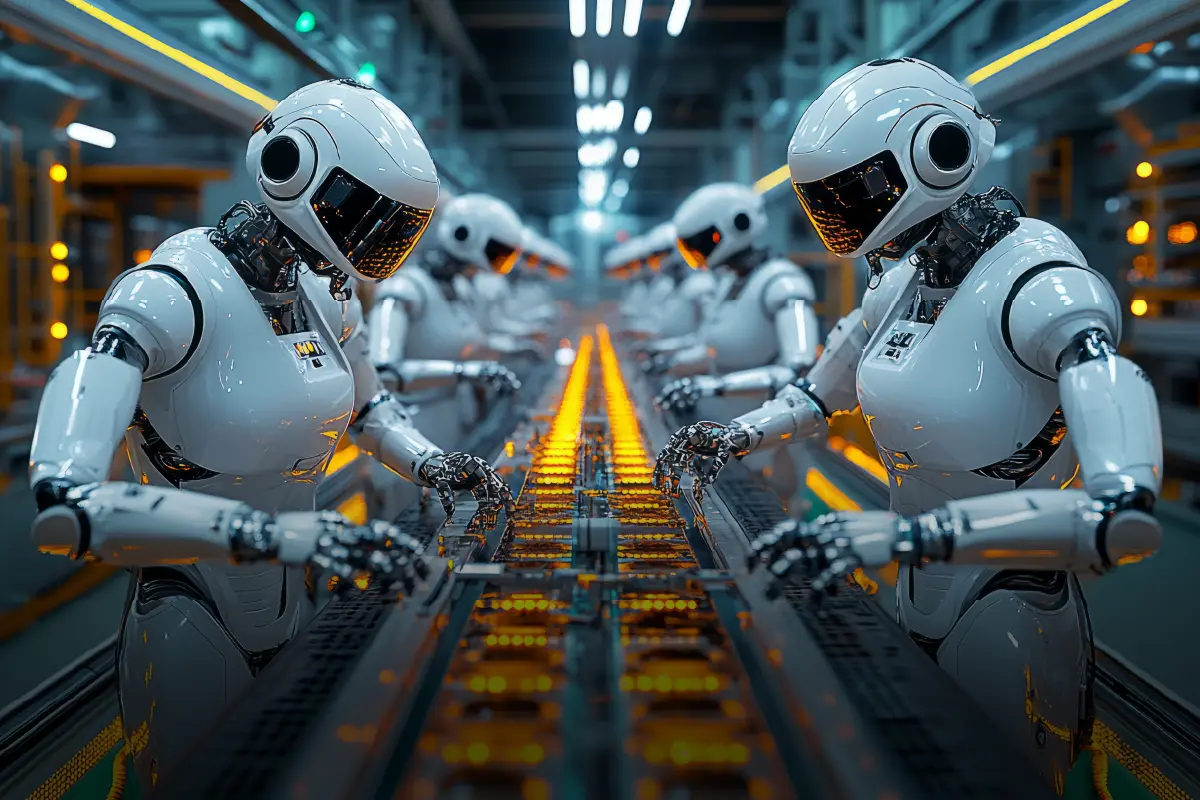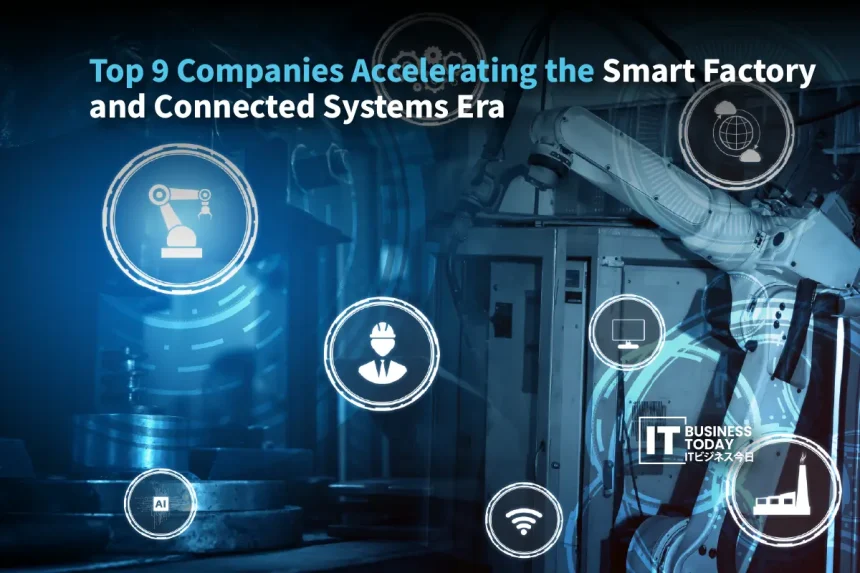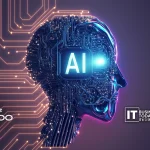Factories are not what they used to be. Industry 3.0 was about simple automation. Machines did their work, people watched, and data stayed on paper or in silos.
Now we are in Industry 4.0 and moving toward 5.0. Everything is connected. Machines talk to machines. Machines talk to software. Software talks to people. Factories are turning into cognitive ecosystems where decisions can happen in real time. IT and OT are no longer separate. Computers, クラウド systems, sensors, and operational machines all need to work together. This is not easy. It takes planning, integration, and the right technology.
The companies we are looking at are not just participants in this shift. They are building it. They are creating the nervous systems that make modern manufacturing tick. Without them, factories would still be stuck in the old ways, slow and reactive instead of connected and intelligent.
こちらもお読みください: Automotive to Al: Why Japan’s Semiconductor Market Is Being Transformed by Electrification, Robotics and Data Centres
Here are the Top 9 Companies Accelerating the Smart Factory and Connected Systems Era
1. General Electric (GE)

GE Vernova and GE Digital built their reputation by connecting old machines to new cloud systems. They made Proficy Smart Factory MES which factories used to see what was happening in real time. It helped people plan maintenance before things broke and made production smoother.
For years it was a leader in Gartner’s Magic Quadrant for MES and showed the kind of authority that comes from doing things at scale. Proficy served more than 20,000 customers all over the world in factories, infrastructure projects, and transit systems.
Now in September 2025, GE sold this business to TPG Capital for 600 million dollars. That does not mean the influence stops. The software still guides how factories run and how decisions get made. GE showed how to bridge old and new. Proficy left a mark that factories still follow today.
2. Siemens
Siemens has been pushing the line between real factories and digital ones for years. Their Xcelerator platform lets people see and control processes using digital twins.
In 2025 they added an Industrial Copilot for Operations at CES. It puts AI right on the shop floor. People can make decisions faster. Machines can tell operators what needs attention before downtime happens. Factories run smoother. Productivity goes up. Operations get more efficient. They also bought Altair in 2025 to strengthen simulation capabilities. That means engineers can test ideas virtually before touching real equipment.
Siemens is not just a hardware seller. They provide a full ecosystem. They don’t just sell machines. Siemens covers everything from software to cloud tools to analytics. In 2024 the company brought in 75.9 billion euros and made 9 billion euros in profit. With more than 312,000 people working there, they have the size and strength to keep driving digital manufacturing forward.
3. ABB
ABB is changing how factories work. They built the OmniCore platform. It mixes AI, sensors, cloud, and edge computing. They put in 170 million dollars to make it happen. The robots move very precisely, less than 0.6 millimeters off. They work up to 25 percent faster. They use about 20 percent less energy.
In 2025 ABB added OmniCore EyeMotion. It gives robots vision. They can see what is going on and adjust on their own. Factories don’t need fences like before. People can safely work next to robots.
The GoFa and SWIFTI lines show how this works in real life. BMW uses ABB robots in their plants. The robots can warn when a joint might fail. That way the factory avoids stopping and losing money. ABB is helping factories run smarter, faster, and safer.
4. Rockwell Automation
Rockwell Automation wants factories to actually talk to the business side. They call it the Connected Enterprise. The point is simple. IT systems and the machines on the floor need to share information. No data stuck somewhere and nobody can see it.
At Automation Fair in November 2025, they showed a bunch of new hardware, software, and services to make this happen. They work with Microsoft and AWS to connect the machines to the ERP systems in the C-suite. That way managers can see what is happening right now and make better choices.
Rockwell has about 26,000 people and works in over 100 countries. That gives them the reach to put this vision in action in big factories all over the world. Their tools let machines talk, people understand the data, and operations run smoother. Rockwell is making the plant floor smart and connected to the business.
5. Schneider Electric
Schneider Electric envisions that industrial plants can simultaneously improve their productivity and become environmentally friendly. An integral part of their solution is the EcoStruxure system. It puts automation, electricity, and digital tools together.
で Hannover Messe in 2025, they showed how it really works. Their Lighthouse Factories, like the Batam plant in Indonesia, show what is possible. The plant uses software and energy management to run smoother and waste less. Communicating machines exist. Humans have a view into the process and are able to intervene when necessary.
The ultimate objective is to have factories that are better, more robust, and green. They want factories that can adapt quickly. Software‑defined 自動化 helps make that happen. The Batam plant proves it works. Schneider Electric is showing that using technology and energy management together can make factories smarter, faster, and better for the planet.
6. Honeywell International Inc.
Honeywell is trying to make factories smarter and people’s work easier at the same time. They have Honeywell Forge. It is software that helps operators, plant managers, and leaders see what is happening on the floor in real time.
In February 2025, they added a ジェネレーティブAIアシスタント. People can ask it questions in normal language. It gives insights about production issues, KPIs, and even which equipment might cause problems next. You don’t need to be a data expert to understand it. Honeywell also expanded its digital platform. It now includes AI workflows and cybersecurity tools.
The idea is to move from just automation to autonomy. People and machines work together. Workers get data through wearables and AR tools. The workers are able to access expert advice without anybody watching their every move. Honeywell exemplifies the scenario where linked employees and intelligent software create a factory that operates more reliably, at a higher speed, and more securely.
7. FANUC
FANUC is all about keeping things running. Their robots and CNC machines can run for decades without stopping. They have this thing called the FIELD System. It stands for FANUC Intelligent Edge Link and Drive. It collects data from all the machines.
Factories can see what is going on right now. They can tell when a part might fail or when maintenance is needed. That way downtime doesn’t happen by surprise. FANUC has more than a million robots and CNCs all over the world. That is a huge number. It shows they know what works and what doesn’t.
The FIELD System connects the machines to analytics. People can watch performance and act before things break. It is not new or flashy, but it works. Factories trust it. The machines keep moving. The production keeps going. The data helps people make smarter choices all the time.
8. Mitsubishi Electric
Mitsubishi Electric has been pushing smart factories in its own way. They call it e-F@ctory. It brings together modular control systems like PLCs, operator terminals, and converters. The idea is to make factories smarter without tearing everything apart. They also use something called SMKL, Smart Manufacturing Kaizen Level.
Kaizen is the Japanese idea of always improving. Mitsubishi has taken that philosophy and put it into digital systems. Machines can see what is happening and improve step by step. They also use Edgecross. That lets data get processed at the machine level instead of sending everything to the cloud. That means faster decisions and less waiting. They keep working on this approach, slowly upgrading and connecting machines.
There is nothing flashy like big AI launches in 2025, but the work is steady. Mitsubishi Electric shows that continuous improvement can happen digitally, not just on paper.
9. Emerson Electric Co.
Emerson Electric focuses on making every part of a factory smart. They call it Plantweb . The idea is pervasive sensing. Valves, pumps, steam traps, anything you can think of gets a sensor. They watch things other companies ignore. That way small problems don’t turn into big shutdowns. They work mostly in process industries like oil, gas, and chemicals.
In 2025 at Hannover Messe, Emerson showed their Floor-to-Cloud strategy. They combined all their brands, like ASCO, AVENTICS, Branson, Movicon, PACEdge, and PACSystems, into one portfolio. The goal is to help factories move from old floor systems to cloud-enabled automation. It is about connecting everything and seeing it in real time.
Factories can spot problems before they get serious. People can make decisions faster. Emerson shows that keeping an eye on everything, even the small stuff, keeps production running and avoids surprises that can cost millions.
The Convergence of AI and Steel

The line between hardware and software is gone. Robots, machines, MES, AI, all of it is part of the same investment now. You can’t just buy machines and leave them alone. You can’t just install software and hope it works. Factories have to integrate everything. Robots talk to software.
Software talks to people. People make better decisions because the data is real, live, and meaningful. The next frontier is already here. Industrial AIエージェント are starting to run things. Self-healing factories can spot a software problem, fix it, or reroute production without anyone touching it. It sounds like science fiction, but it is coming fast.
The winners won’t just be the ones buying the latest tech. They will be the ones who make it all work together across machines, software, supply chains, and people. That is where real advantage lives in the next decade.







